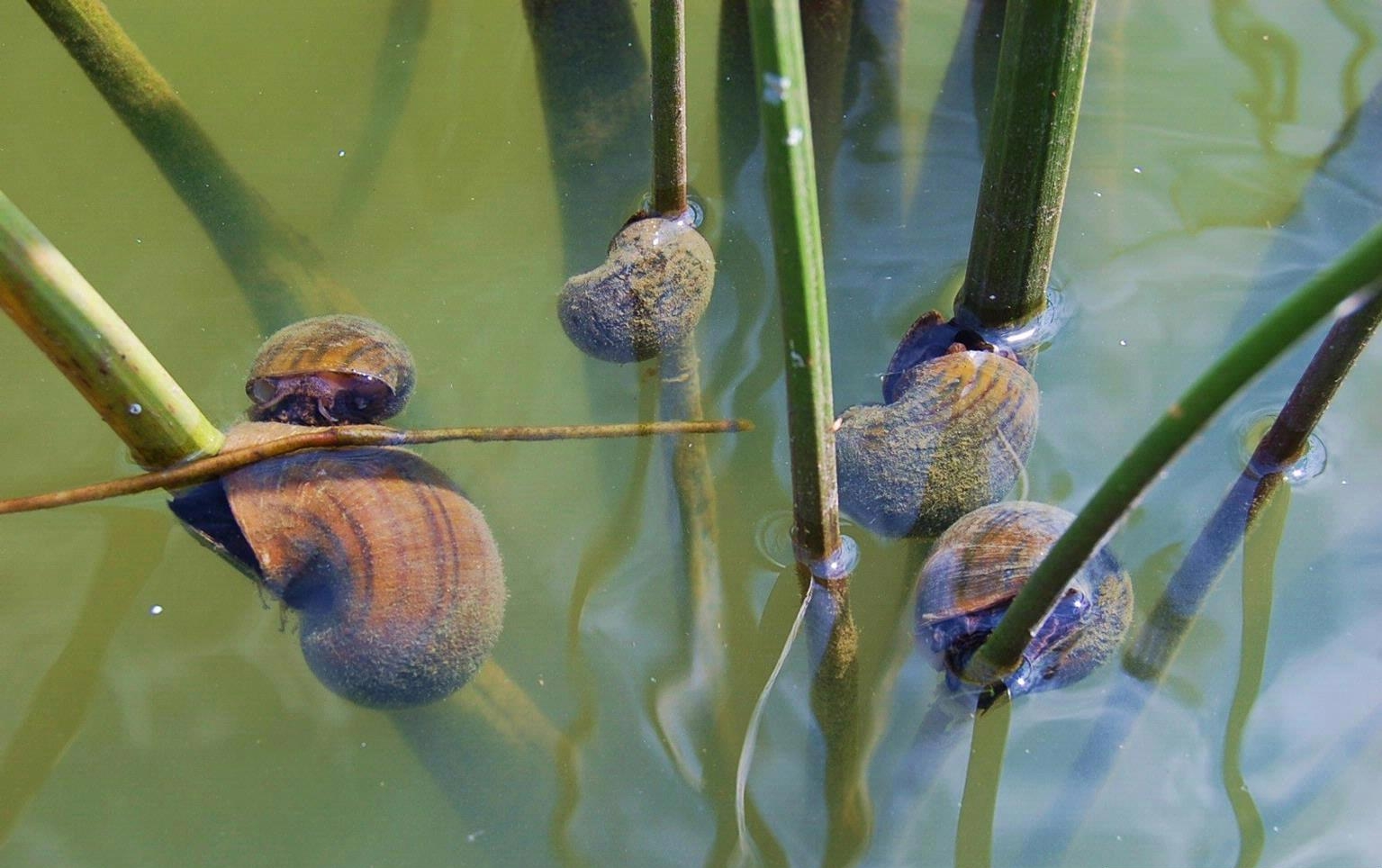Publicado en: The Eagle's Gaze por Eloi. Texto original
| Traditional cottage. Source: Wikimedia Commons |
Where is the Ebro Delta and how to arrive?
The Ebro Delta lies at the very end of the Ebro River (obvious, uh?), about 2 hours far (by car) from Barcelona and Valencia. As it is far from conurbations, public transport is not a good choice if you want to take advantage of the whole day and visit the different observation points.
> By plane
If you come from abroad, your closest airport is Reus Airport. However, this is a small airport, so most probably there won't be routes from your city, and you will have to land on Barcelona El Prat.
> By train
From Barcelona there are some trains (line R16) which bring you to the Delta's door. The closest train station is L'Aldea - Amposta, although from there there are many kilometers to the first observation point. There are also some line buses with not very good frequencies to the inner towns of the Delta. Therefore if you are not going to come with a bike, you had better think about renting a car.
> By car
Unfortunately, the use of a car is almost a must if you want to go birding comfortably. Important roads and highways (N-340 and AP-7) go through Amposta, the town you will be going before go to the Ebro Delta. From there, I'll recommend you to go first to the southern part of the Delta, which there are the most interesting sites.
Where to go exactly?
I've marked my favourite spots to go birding on the embedded google maps. But there are many more places to go! You can check it out on this official map. And of course, you could spot an interesting species in any place of the Delta's land, so keep an eye on the fields (but keep the car on the road!! ).
Its importance and its threats
This huge paradise for birds is crucial for many species. Some find the Delta their home the whole year. Others, such as the Great Egret, find a place to stay in winter before go to northern latitudes to breed. And it is also a shelter and a place for breeding to many species, some of them sensitive like the Audouin's Gull. But if you need further reasons to protect it, take a look at this post.
The Ebro Delta is a Natural Park and a Special Protection Area. It's included in the Ramsar Convention and it belongs to the Terres de l'Ebre Biosphere Reserve.
In spite of all these protections figures, the Ebro Delta is threatened from different perspectives.
Invasive species
 |
| Apple Snail (Pomacea insularum) |
There are many invasive species threatening this valuable ecosystem, but one of the most aggresive species that has hit the whole Ebro Delta in the past years is the apple snail (Pomacea insularum). It is an herbivore that eats huge amounts of plants, including rice, the main crop there. Another apple snail species (Pomacea canaliculata) was included in the top 100 World's Worst Invasive Alien Species. It has a great breeding rate, and it resists long period in adverse conditions. Since the first appearance in 2009, the efforts to control the pest have been almost in vain, and it doesn't cease to grow and expand.
Sea level rise and lack of sediments
The Ebro Delta is hardly a couple of meters above the sea level, and with reservoirs and water outputs, the Ebro river flows with less energy than before. Considering a sea level rising of 28 to 98 cm and a lack of sediments, not only the Delta's shape is endangered, but also the region's agriculture, natural resources and tourism.
The Popular Party doesn't help
| Symbol of the campaign against the Ebro Interbasin Transfer Source: Wikimedia Commons |
It's not the intention of this blog to determine or criticise often what parties do or don't do. However, I think is worth sharing the policies of the Popular Party regards the Ebro river and delta, which should be denounced stronger by the international community.
In 2001 the Spanish National Hydrological Plan was approved, with the main goal to divert an important quantity of water from the Ebro river to southern territories (Valencia, Murcia and Almeria). The plan would have been catastrophic for a river which arrives already weak to the sea, and the salinity in the rice fields are increasing.
In 2004 the government was changed and the Plan repealed. However, they won the elections again in 2011, and there have been movements to use what they consider "the exceed of water".
New species I spotted
There are many species that are difficult to see in other places, and there one can spot many individuals together! Here the 11 species I added to my Bird List 2014:
81. Great Egret (Ardea alba)
82. Black-necked Grebe (Podiceps nigricollis)
83. Caspian Tern (Hydroprogne caspia)
84. Squacco Heron (Ardeola ralloides)
85. Slender-billed Gull (Chroicocephalus genei)
86. Dunlin (Calidris alpina)
87. Sanderling (Calidris alba)
88. Grey Plover (Pluvialis squatarola)
89. Glossy Ibis (Plegadis falcinellus)
90. Avocet (Recurvirostra avosetta)
91. Common Snipe (Gallinago gallinago)
And yours? Which are your favourite places to go birding?
Puedes leer y comentar el artículo completo en The Eagle's Gaze



